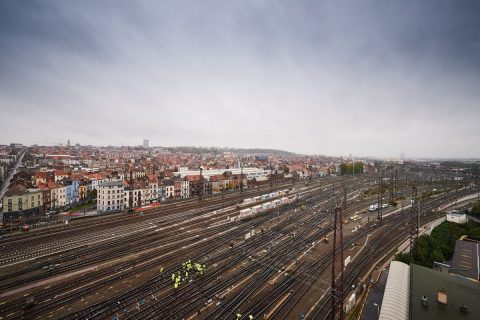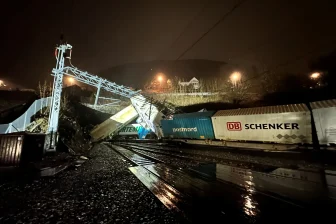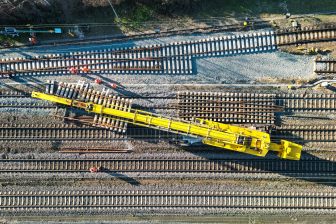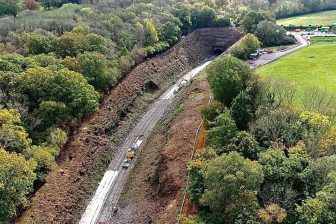
Infrabel installed ETCS on 30 percent of the main rail net
Belgian infrastructure manager Infrabel has equipped 1.915 kilometres of track with train control system ETCS up until January 2021. This makes up 30 percent of the 6.399 kilometres of the main rail net, which Infrabel plans to equip with at least ETCS Level 1 by 2025. The last installation was in the night of 28 to 29 January, when Infrabel installed ETCS Level 1 with Full Supervision on 32 kilometres of track between La Louvière and Binche in the south of the country.
Want to read more?
You have read all of your free premium articles for this month. Please become a subscriber to keep reading.
Subscribe now!
Take advantage of our exclusive offer to get full access to all premium content.




The header of this article needs correction. It’s ETCS what has been installed, not ERTMS.
ERTMS is the integrative EU policy / regulation, and – as we all know – policies cannot be installed :)